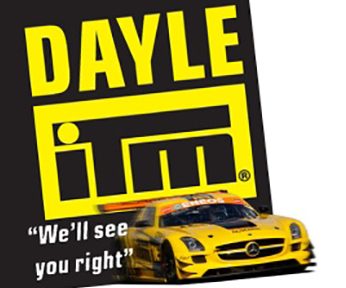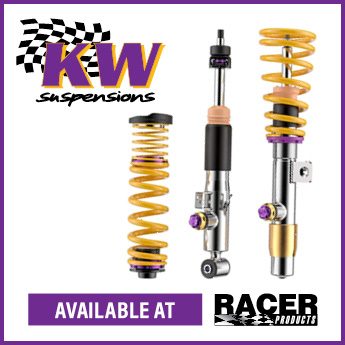Electric Vehicles (EVs) are now approved by MotorSport New Zealand (MSNZ) to compete in select events across the country.
A 17-page guideline was published last week, which outlines a detailed explanation of what is required for EVs to enter motorsport events.
EVs come with unique health and safety risks, specifically with battery fires and electric shocks.
MSNZ says they have worked extensively with electrical engineers and EV battery experts to develop the guidelines.
According to MSNZ, the guidelines address the requirements “to eliminate or mitigate” safety risks.
“This is the first edition of the guidelines, and it will evolve as we all gain more experience in the use of EVs in a competition environment,” MSNZ CEO Elton Goonan said.
“We encourage clubs and licence holders to work with us as we see the introduction of this new technology into New Zealand motorsport.”
The new guidelines do not give EV owners a free pass to begin racing.
Instead, potential competitors and event organisers must work with MSNZ to ensure all necessary safety measures are in place.
Competitors will own a ‘MotorSport New Zealand Electric Vehicle Logbook’.
According to the guidelines, all officials, entrants, marshals and spectators must know that an EV is competing.
Fire is the most prominent hazard for EVs.
If an electric car catches fire, it can be complicated to extinguish. The local fire department will have to be made aware that an EV is competing.
EVs can also catch fire inexplicably after being involved in a significant crash.
MSNZ recommends event organisers use thermal imaging cameras to monitor battery temperature and prevent the car from re-igniting. However, this does not seem to be compulsory.
Any event EVs are racing must have an allocated “storage space” for crashed EVs. Cars must remain there until the “risk period has expired.”
Track marshals will also need to be equipped with the skills necessary for handling EVs. This includes the isolation of the High Voltage system.
Suppose there is no marshal trained in dealing with Lithium-Ion batteries. In that case, the competitor must be able to manage the situation safely.
“Electric and hybrid vehicles are a part of our future,” Goonan said.
“There is a growing interest from our competitors who want to use them for competition.
“We’re really proud to be publishing the EV guidelines.”
Download the full MSNZ EV guidelines below:
Main Image: Graeme Murray

















